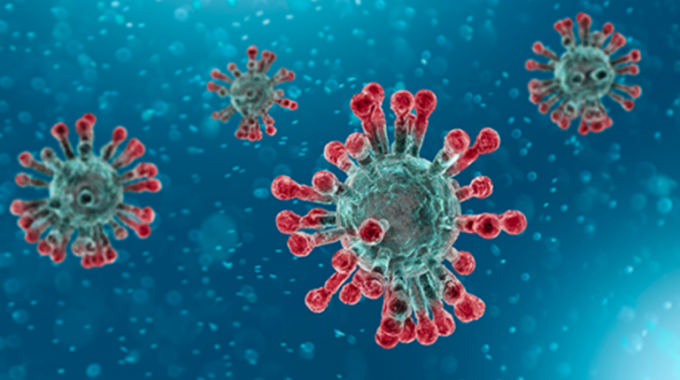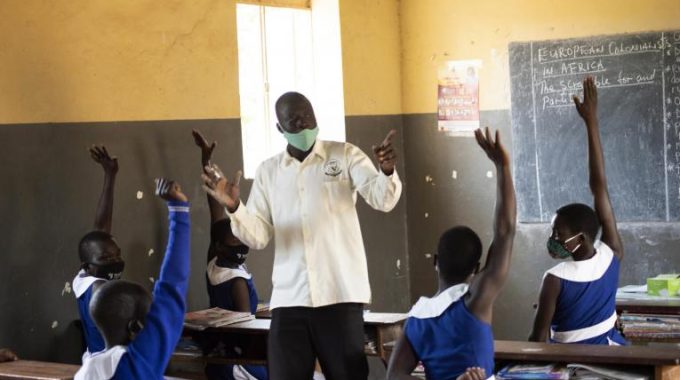Three months ago, most of us had never heard of the Covid-19 coronavirus, far less imagined how it would change our lives.
Now, there are more than a million people infected worldwide and it is claiming the lives of hundreds of people a day. And we still have no idea when the outbreak will end and life will get back to normal.
At the same time, our scientific understanding of the virus is advancing at a remarkable pace. So, what have we learnt about coronavirus, and how might that knowledge help us defeat it?
Leading doctors explore the latest information on the virus, how it is spread and when we might have a vaccine to protect us from it. Here, they talk through the findings exclusively with Good Health.
Social distancing guidance is to keep two metres away from people we don’t live with. This rule is thought to be based on experiments from the 1930s that suggested droplets released from coughs and sneezes can travel between one and two metres.
But this understanding may be outdated. In an experiment to be shown this week, led by the Health and Safety Executive, a cough from a medical manikin called Violet provides a graphic illustration of just how easily and how far coronavirus particles can spread.
In the demonstration, Violet coughs up a liquid laced with a dye that shows up under ultraviolet light. The dye is meant to reveal how droplets containing coronavirus particles are propelled through the air when we cough.
‘You see thousands of droplets coming out of Violet’s mouth, with some reaching the ceiling and the far wall, which is at least two metres away,’ says Dr Guddi Singh, a paediatrician in London who expects to be redeployed to the adult intensive care unit at any moment.
‘Some of these droplets land on my hand, even though I am not in the direct line of the cough. If these droplets contained the virus, I would be infected. It is incredibly contagious.
‘The experiment shows me why we need social distancing of at least two metres,’ she says. ‘But even at that, you are just on the fringe of where the spread could be happening.’
Indeed, new research published in the Journal of the American Medical Association suggests that two metres may not be nearly far enough; that coronavirus particles can be propelled up to eight metres by sneezes and six metres by coughs.
Adapted from Daily Mail, UK

Award winning journalist and writer who has worked as a stringer for a couple of acclaimed South Africa based German journalists, covered 3 Ugandan elections, 2008 Kenya election crisis, with interests in business and sports reporting.



















